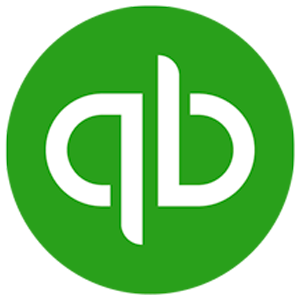You’ve probably heard the terms Electronic Funds Transfers (EFTs) and Automated Clearing House (ACH) used interchangeably before. But did you know they’re not exactly the same thing? In this article we’re going to look at EFTs vs ACH, how they’re different, and discuss the best term to use between them.

So What’s the Difference With EFTs vs ACH?
Technically all ACH transfers are EFTs, but not all EFTs are ACH transfers.
It’s sort of like how all Kleenex are facial tissues, but not all facial tissues are Kleenex. People use the name interchangeably, but ACH refers to a very specific system in the US called the Automated Clearing House (ACH). But EFTs refer to a broader payment category.
What is an EFT transfer?
An Electronic Funds Transfer is really just the broad term that applies to all kinds of electronic payment methods. EFTs can include ACH, Wire Transfer, E-Checks, Automated Teller Machines (ATM), and debit/credit card transactions. In 1978, United States President Jimmy Carter passed the Electronic Funds Transfer Act (EFTA) which is “intended to protect individual consumers engaging in electronic funds transfers.”
Confusion in Canada
Canadians often misuse the term ACH because so many payment companies service clients in both the US and Canada. But Canada actually runs on their own system called the Automated Clearing Settlement System (ACSS). But no one really talks about processing an “ACSS” transaction the same way ACH is referred. That would be too simple! Many Canadians use EFTs and ACH terms interchangeably, falsely thinking that EFT is just the Canadian version of ACH. But before we get too deep down the rabbit hole, let’s first talk about the Automated Clearing House (ACH) network.
ACH Network
The Automated Clearing House network securely coordinates a system of batch payments across the US’ various banking institutions. Instruction files sent in a daily batch move funds accordingly. This allows for thousands of individual transactions to be scheduled at once. Unlike wire transfers, ACH transfers don’t operate with “cleared funds,” which means transactions aren’t instant. ACH payments only work with US financial institutions connected to the ACH network processing USD.
What is an ACH transfer?
An ACH transfer takes place when a customer gives authorization to an originator in order to deposit or withdraw money directly from the customer’s bank account. For this reason, ACH transfers are also known as pre-authorized debits (PADs) or pre-authorized payments (PAPs). The business has gained “pre-authorization” from the customer to debit/credit their account according to the payment agreement. Most of the time when businesses say they “collect ACH” or “accept ACH,” they mean that they electronically collect PADs on the ACH network.
EFT vs ACH: Is there a better term?
So far we’ve established that an ACH transfer is a form of EFT payment done specifically in the United States. ACH transfers are really just PAD payments. PADs are available in a variety of countries no matter the payment network.
So Pre-Authorized Debit (PAD) is the universal term we should all start using, whether you live in Canada with the ACSS network, or America with the ACH network.
For a beginners guide to understanding more about pre-authorized debits, check out our video series here.
Share this content with a friend:
A better way to get paid
Withdraw money directly from your customer’s bank account when their payments are due. Schedule one-time or recurring payments to get paid on time.

